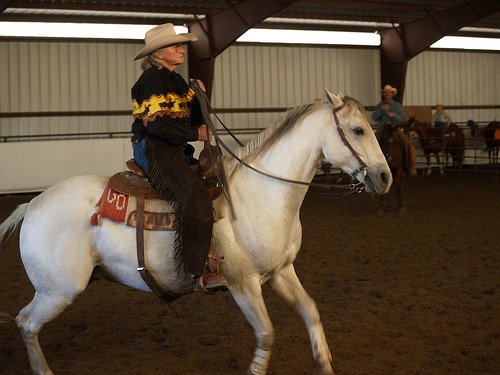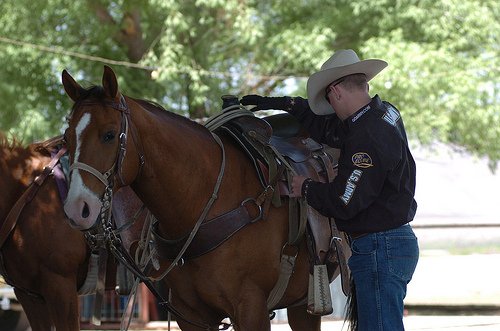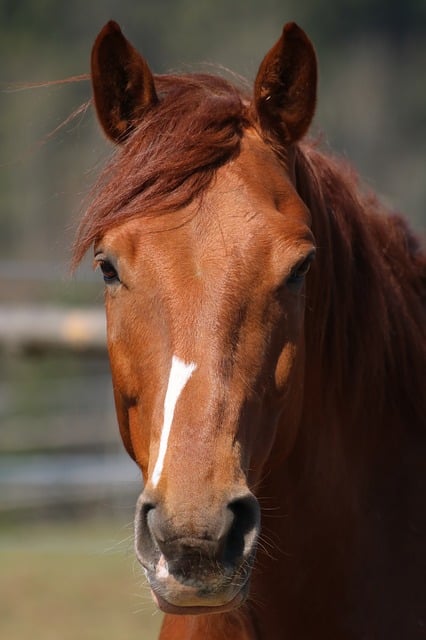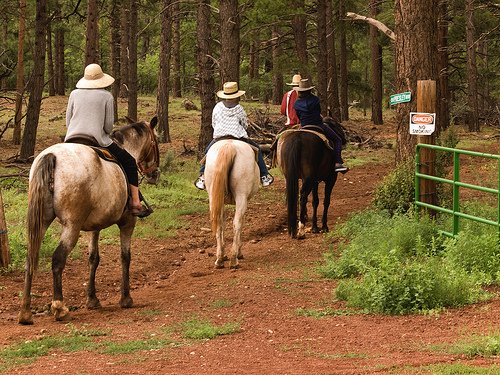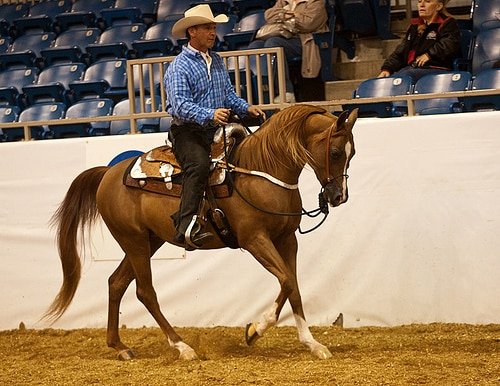
A few weeks ago, we discussed the dangers of micromanaging and why it is detrimental to your horse’s training. However, that discussion raises the question of how do we teach our horses to take responsibility for their own feet?
It is important to remember that turning your horse out on a loose rein and just expecting him to take responsibility for his own feet will not end well. Just as with everything else, your horse needs to be systematically taught how to take responsibility for his own feet.
Maintaining Gaits
This is the biggest area where many horses fail to take responsibility for their own feet. A truly broke horse will move into the gait you cue for and stay there until you tell him otherwise. This is the key: staying there. Many people focus some much on the transitions from one gait to another — which is also very important — but then they run into the problem that their horse has beautiful transitions but won’t stay in the gait once they get him there. Staying in the gait often takes as much training as transitioning into the gait. Now, this may seem a bit silly to some people. After all, he’s cantering! He should just keep cantering! It makes sense to us, but that’s not how horses work.
Staying in the gait often takes as much training as transitioning into the gait.
Tweet
An Exercise in Responsibility
Prerequisites
1. canter/lope
2. trot
3. small circles
4. large circles
Teaching Stage
1. Put your horse into a lope on a circle.The circle should be at least 60 feet in diameter or more so it is comfortable and not too difficult.
2. Don’t micromanage! Put your horse on the circle and leave him there. Expect him to maintain direction and speed. Let out your reins a little. Relax into it.
3. If he starts speeding up, tighten the circle as far as physically possible and really hustle his feet. Make him work hard.
4. After a few circles, widen the circle again to its original diameter and relax back down to your original speed. Stop hustling and go for a nice gentle lope.
5. Rinse and repeat until your horse starts realizing that being out on the big circle where he has to police his own feet is a lot easier than being in on the little circle.
Keys to Success
1. Do not cheat and help your horse by giving him tiny little leg correction on the big slow circle! That is micromanaging and it defeats the entire purpose of the exercise.
2. Make sure there is a huge difference between the amount of work your horse has to do on the big circle as opposed to the small circle. If there is barely any difference, your horse probably won’t care, so you will spend a whole lot of time getting nowhere.
3. This can also be done at the trot if you have trouble with your horse maintaining that gait.
Common Horse Mistakes
1. Ducking out of the circle to avoid the work.
Solution: Provide a firm, quick correction, to get the horse to return to the circle.
2. Getting sluggish on the small circle.
Solution: Make sure your horse is fit enough to canter a small circle. Small circles take a lot of strength and balance. Do not push your horse beyond what he is capable of doing. If you need to, make your outer circle much larger to compensate for not being able to make your inner circle as small.
Common Rider Mistakes
1. Micromanaging!
Solution: Focus on keeping your hands and legs quiet. Go to one hand if you are comfortable with it. The less hands you have on the reins, the harder it is to micromanage.
2. Not hustling the horse’s feet enough on the small circle.
Solution: Get firm and really hustle. Make him work and really not look forward to going into that small circle. The harder you make him work, the faster he’ll catch on. (Don’t go all starfish though.)
Cover Photo by selenas_stock






